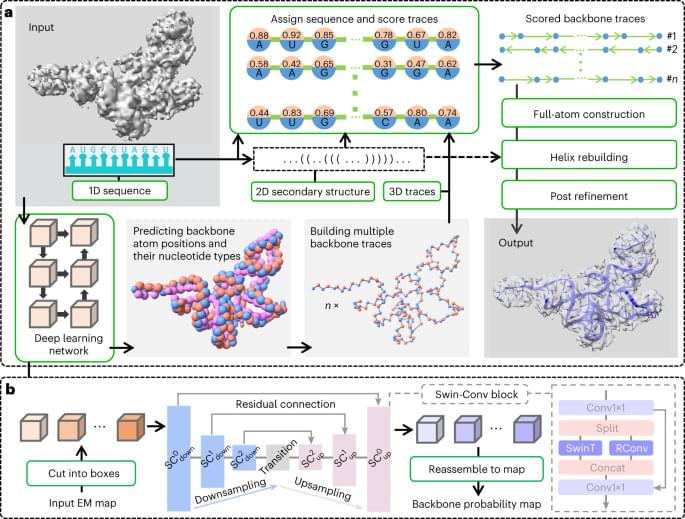There are plenty of life-friendly stellar systems in the Universe today. But at some point in the far future, life’s final extinction will occur.


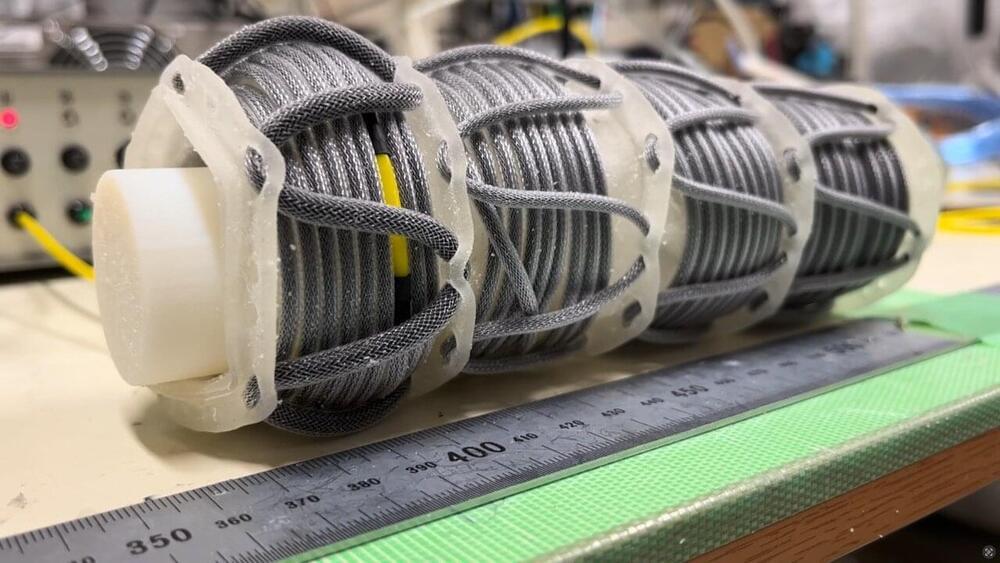
Soft robots inspired by animals can help to tackle real-world problems in efficient and innovative ways. Roboticists have been working to continuously broaden and improve these robots’ capabilities, as this could open new avenues for the automation of tasks in various settings.
Researchers at Nagoya University and Tokyo Institute of Technology recently introduced a soft robot inspired by inchworms that can carry loads of more than 100 g at a speed of approximately 9 mm per second. This robot, introduced in Biomimetic Intelligence and Robotics, could be used to transport objects and place them in precise locations.
“Previous research in the field provided foundational insights but also highlighted limitations, such as the slow transportation speeds and low load capacities of inchworm-inspired robots,” Yanhong Peng told Tech Xplore. “For example, existing models demonstrated capabilities for transporting objects at speeds significantly lower than the 8.54 mm/s achieved in this study, with limited ability to handle loads above 40 grams.”

One of the primary reasons for this dilemma is that, while three of the universe’s four fundamental forces — electromagnetism, the strong nuclear force and the weak nuclear force — have quantum descriptions, there is no quantum theory of the fourth: Gravity.
Now, however, an international team has made headway in addressing this imbalance by successfully detecting a weak gravitational pull on a tiny particle using a new technique. The researchers believe this could be the first tentative step on a path that leads to a theory of “quantum gravity.”
“For a century, scientists have tried and failed to understand how gravity and quantum mechanics work together,” Tim Fuchs, team member and a scientist at the University of Southampton, said in a statement. “By understanding quantum gravity, we could solve some of the mysteries of our universe — like how it began, what happens inside black holes, or uniting all forces into one big theory.”

Recently approved gene therapies offer patients one-time, potentially curative treatments for genetic diseases such as sickle cell anemia and beta thalassemia. But “one-time” miracle solutions can often be multi-month affairs, require millions of dollars, and cause painful side effects. What if that doesn’t have to be the case?
In utero gene editing, or prenatal somatic cell genome editing, envisions treating a fetus diagnosed with a genetic disease before birth, thereby preventing that entire protocol and the onset of symptoms in the first place. It would also challenge the need for the ethically fraught enterprise of embryo editing, as the treatment would only make edits in the DNA of the individual fetus — edits which would not be passed on in a heritable way.
Watch this video to learn more about in utero gene editing, how it works, and why scientists believe it might be an advantageous approach to treating certain genetic diseases.
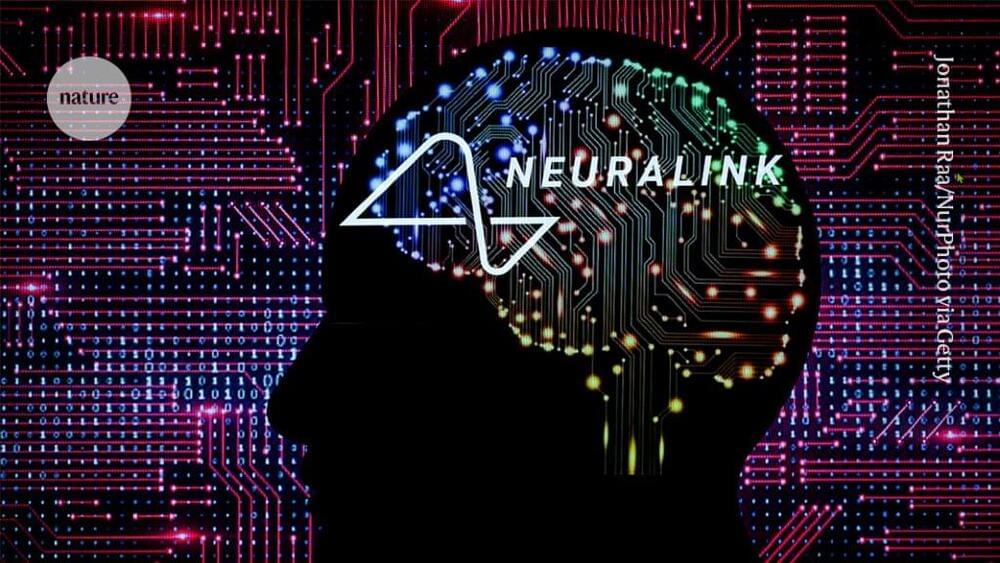

Zhu, H., Yakobson, B.I. Creating chirality in the nearly two dimensions. Nat. Mater. (2024). https://doi.org/10.1038/s41563-024-01814-2

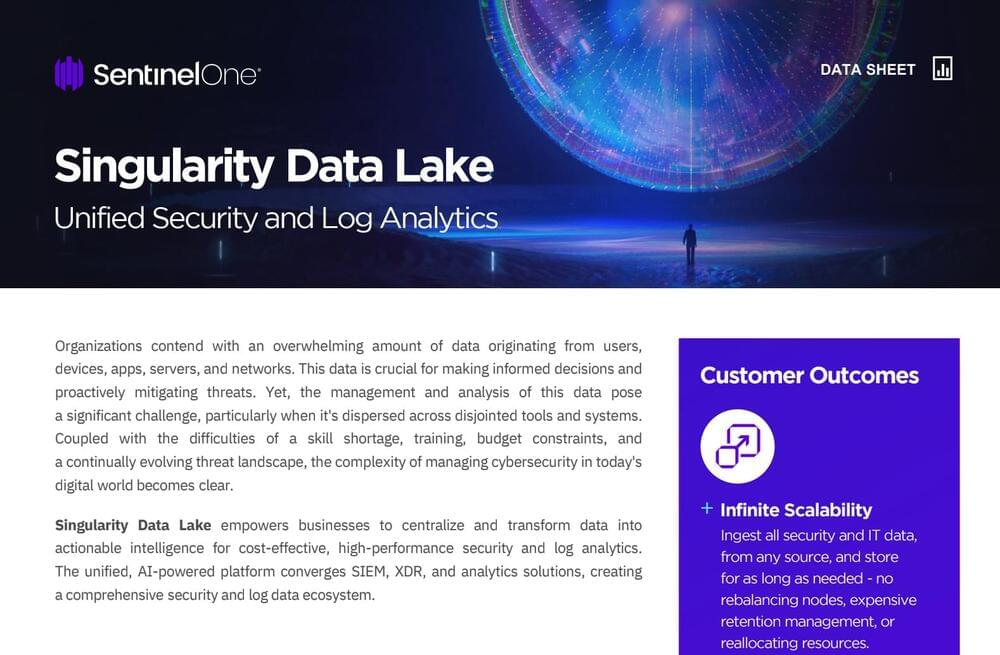
Singularity Data Lake empowers businesses to centralize and transform data into actionable intelligence for cost-effective, high-performance security and log analytics. The unified, AI-powered platform converges SIEM, XDR, and analytics solutions, creating a comprehensive security and log data ecosystem.
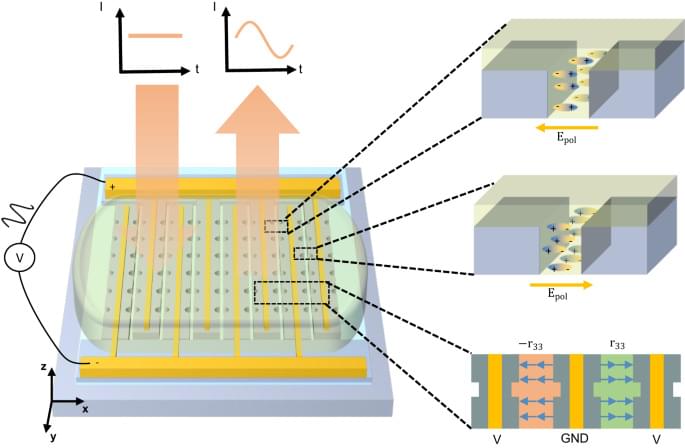
Relying on sub-wavelength nanostructures, metasurfaces have been shown as promising candidates for replacing conventional free-space optical components by arbitrarily manipulating the amplitude, phase, and polarization of optical wavefronts in certain applications1,2,3. In recent years, the scope of their applications has been expanded towards complete spatio-temporal control through the introduction of active metasurfaces. These developments open up exciting new possibilities for dynamic holography4, faster spatial light modulators5, and fast optical beam steering for LiDAR6. Large efforts have been channeled into various modulation mechanisms7. Microelectromechanical and nanoelectromechanical systems (MEMS and NEMS)8,9,10,11 have the advantages of low-cost and CMOS-compatibility, but the speed is limited up to MHz. Phase-change materials12,13,14 have fast, drastic, and non-volatile refractive index change, but lack continuous refractive index tuning and have a limited number of cycles constraining applicability to reconfigurable devices. Through molecule reorientation, liquid crystal can have index modulation over 10%, while under relatively low applied voltages Tunable liquid crystal metasurfaces, U.S. patent number 10,665,953 [Application Number 16/505,687]15. Techniques of liquid crystal integration have also advanced after decades of development. However, the tuning speeds are limited to kHz range16. Thermal-optic effects can induce relatively large refractive index changes17,18, but the speed is inherently limited and the on-chip thermal management can be challenging. The co-integration of transparent conductive oxide and metallic plasmonic structures5,6 has been demonstrated in epsilon-near-zero (ENZ) regime to control the wavefront of reflected light, but the low reflection amplitude induced by the optical loss of the materials and the ENZ regime is unavoidable.
In modern photonics, a multitude of technologies for tunable optics and frequency conversion19,20 are realized with nonlinear materials that have low loss and a strong χ effect, such as lithium niobate21,22, aluminum nitride23, and organic electro-optic (OEO) materials24. Their ultrafast responses make it possible to use RF or millimeter-wave control25. Developments in computational chemistry have also led to artificially engineered organic molecules that have record-high nonlinear coefficients with long-term and high-temperature stability26,27. However, their potential in modifying free-space light has been relatively unexplored until recently. Several OEO material-hybrid designs have demonstrated improved tunability of metasurfaces28,29,30. Utilizing dielectric resonant structures and RF-compatible coplanar waveguides, a free-space silicon-organic modulator has recently accomplished GHz modulation speed31. However, all demonstrations to date require high operating voltages ± 60V, due to low resonance tuning capability (frequency shift / voltage), which hinders their integration with electronic chips.
In this work, we propose combining high-Q metasurfaces based on slot-mode resonances with the unique nano-fabrication techniques enabled by OEO materials, which drastically reduces the operating voltage. The low voltage is mainly achieved from the ability to place the electrodes in close proximity to each other while hosting high-Q modes in between and the large overlap of the optical and RF fields in OEO materials. In the following sections, we first provide the design concepts and considerations for achieving a reduced operating voltage. Next, we numerically demonstrate the advantage of a particular selected mode compared to other supported modes in the structure. Finally, we experimentally realize our concepts and characterize the performance of the electro-optic metasurface.
